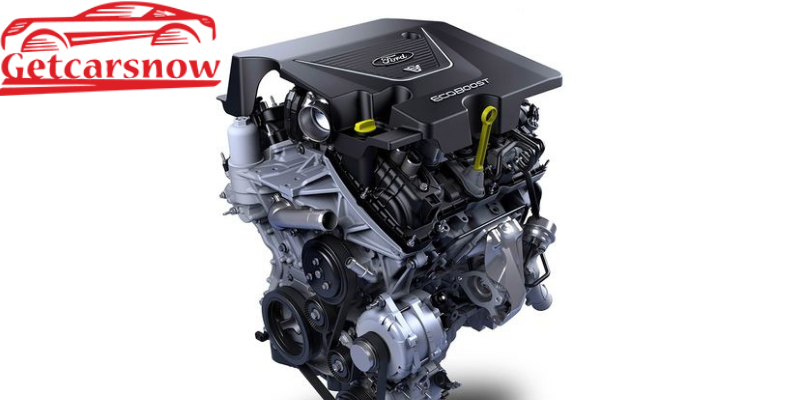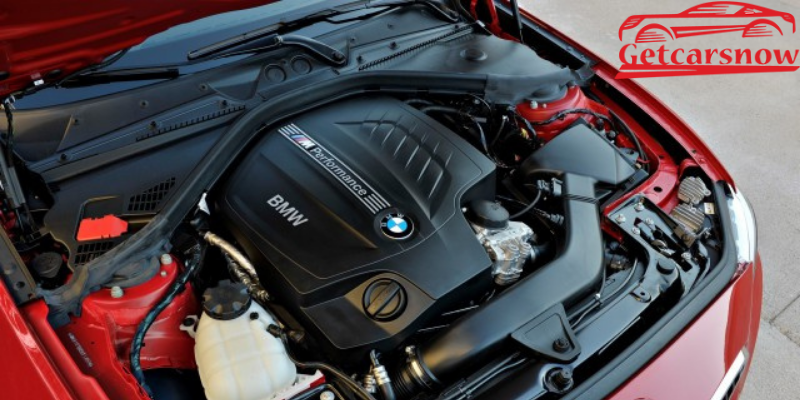
Seized Car Engine Guide
An engine can seize up by running on little or no oil, or by overheating. The timing belt can also break resulting in a seized engine. Realizing that your car has a seized engine is quite stressful as well as frustrating. You don’t know if it can be fixed or if you can afford the necessary repairs. You need to decide the perfect solution for your situation, due to the high costs of engine repairs. So a seized car engine means that an important part has stopped, causing the engine to fail. Let’s take a look at what a seized car engine means, the symptoms of a seized engine, and its main causes. With proper maintenance, you can avoid this situation altogether.
Table Of Contents
- Meaning of A Seized Engine?
- Main symptoms of A Seized Car Engine
- Causes of A Seized Car Engine
- Conclusion
Meaning of A Seized Engine
An engine gets seized or stalls due to a mechanical failure, usually associated with a lack of oil. The engine sometimes runs out of oil or the oil does not circulate as desired. As a result, the internal parts of the engine rub against each other. This creates tremendous frictional heat. Bearings designed to move smoothly are grind against the crankshaft and camshaft. This sometimes leads to literally welding of other parts. An engine consists of several moving parts, each having a unique function. With so many components working together a lot can go wrong to create a forward motion. With all of these moving parts in your engine, these parts should move as smoothly as possible. All of these metal parts start to rub against each other. This in turn generates enormous heat through friction and abruptly brings the engine to a standstill.
Main Symptoms of A Seized Car Engine
Loud cranking & clunking sounds:
This is because the starter is hitting the flywheel due to insufficient lubrication. Insufficient lubrication would cause the starter motor to hit the flywheel. This often leads to annoying engine noise. Just before the engine stops, you may notice some strange noises from the engine. Sometimes these sounds appear as a light tap, or it can be a light tap. Either way, the engine is about to fail completely as soon as you hear the dead hit. This sound often accompanies a piston that connects the rod by hitting the crankshaft.
No Movement Of The Car
The most noticeable sign of a seized engine is when there is nothing that happens. Your car will not start no matter how hard you try. Any time your car refuses to start or turn, it indicates a seized engine. You should have it checked immediately. Anything that consumes the battery, such as radio, lights, air conditioning, can still work. Moreover, trying to keep the engine running will get you nowhere. If any of these signs appear on the engine block, it is likely an engine seizure.
Poor Acceleration
You can’t have a seized engine and still drive your vehicle in a normal way. If your engine seizes, you can expect its performance to deteriorate. Every time you press the accelerator pedal, it probably won’t go as fast as it normally would. In fact, you may not be able to increase the speed at all. It will eventually get to the point where your engine seizes and stalls forever.
Piston visible:
The piston may be visible in the engine as the loose components lodge with sufficient force in another part of the engine.
Fumes/smoke:
Since the engine cannot turn, smoke and even fire can arise, all of which are sure signs of an engine seizure.
Causes of A Seized Car Engine
Insufficient oil levels
When the oil level is low, the engine will overheat, parts can melt and eventually damage the bearings. Also, the engine will start to heat up and the parts will start rubbing against each other. A lot of friction starts to appear as the internal components dry out. The engine can only run like this for a certain amount of time and will eventually seize.
Water Accumulation
Water can accidentally get into the engine. Now since water is not compressible like gasoline, it does not ignite easily. As a result, it seizes the engine. Water can get into the fuel tank too. Since it does not compress like the air-fuel mixture, it damages the connecting rods inside the engine. As soon as the connecting rods are bent, the engine freezes.
Rust Formation
When a car is not used for an extended period of time, rust forms and causes the engine to stall. Piston and crankshaft bushings or bearings also rust, their mobility is restricted and the engine stops. Metal tends to rust over time. As the vehicle ages, the likelihood of parts rusting increases. Once the parts rust, the components grind and create metal filings that could disrupt the proper operation of the engine.
Faulty parts
When parts such as the piston rod or crankshaft are misaligned, the crankshaft can jam and lock. Rust isn’t the only thing that can happen to move parts. Components can break too. This problem occurs with valves, connecting rods, or pistons. If these parts break, they’ll get stuck somewhere in the engine where they don’t belong. This is the cumulative effect where one defect leads to another. The bearings also play an important role in the smooth movement of the piston and crankshaft. When bearings are damaged it can even block the entire system and seize the engine.
Overheated Engine
The engine should never overheat else serious problems arise. Firstly, overheated engines cause the pistons to expand, which can damage the cylinder walls. Secondly, the heat does not necessarily have to come from friction when there is no lubricant. Sometimes the cause is a lack of coolant or continued overloading of the engine beyond its intended capacity. Also, poor carburetor injection or poor ignition timing can lead to overheating.
Conclusion
To summarise, we learned what a seized engine is and the various signs and causes of it. Take good care of your vehicle and it will serve you well. In any case, you should always try to avoid a seized car engine situation. Follow the manufacturer’s service recommendations and replace worn parts with high-quality parts recommended by the manufacturer. Hope you find value in this guide. You may also have an interest in Points To Fix a Flooded Car Engine.



